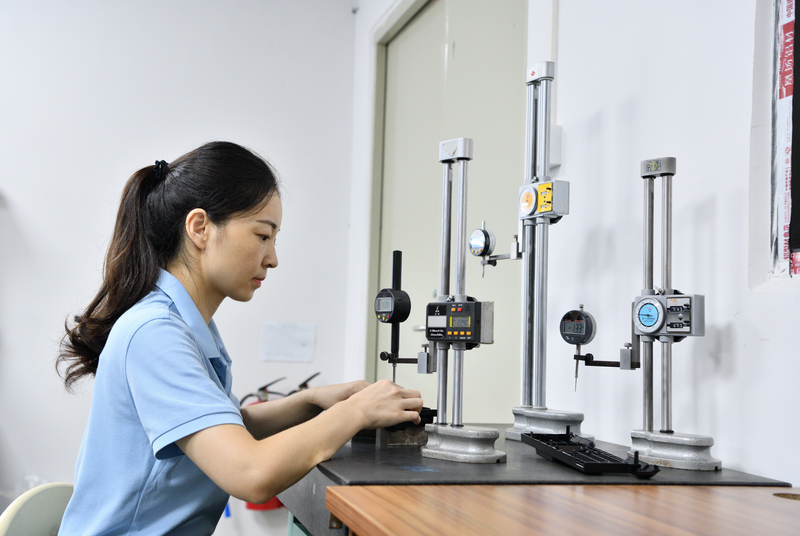A popular manufacturing technique that is well-known for its effectiveness in creating large quantities of complex and accurate components is plastic injection molding China. However, strict quality control procedures are essential to any injection mold China project's success. Today, we are going to examine the importance of quality control in injection molding and discuss how it differs from 3D printing, another prominent manufacturing technique.

The Significance of Quality Control in Injection Molding
Plastic injection molding China quality control is a complex process that includes several steps, such as material selection and design, production, and post-production inspection. To satisfy the demanding standards of a variety of industries, dimensional precision, structural integrity, and surface polish of molded components must be guaranteed.
Verification of Design:
Complete design verification is essential prior to starting the injection molding process. Examining the geometry and wall thickness of the object as well as adding features like draft angles to make it easier to expel from the mold are all part of this process. At this point, quality control procedures guard against possible problems during production.
Examining the Material:
The quality of injection-molded parts is greatly influenced by the selection of materials. Examining raw materials for uniformity, purity, and conformity to predetermined criteria is part of quality control. Variations in the characteristics of the materials might result in flaws in the finished product.
In-Process Monitoring:
Throughout the injection molding process, real-time monitoring is essential for seeing problems early on and fixing them. Close monitoring is done on variables like temperature, pressure, and cycle times to ensure accuracy and consistency throughout the manufacturing run.
Inspection After Production:
The completed pieces are thoroughly inspected after molding. Dimension checks, visual inspections for surface flaws, and mechanical property testing are all included in this. To guarantee that only premium components are sold, any deviations from the tolerances are addressed.
Comparing Injection Molding with 3D Printing for Quality Control:
Even though 3D printing and injection molding have different uses, comparing their quality control procedures might reveal important differences.
Injection Molding:
3D Printing:
The cornerstone of a successful injection molding project is quality control, which guarantees that the components produced match the highest requirements. Injection molding technology is still very much at the forefront of production because of its constant evolution and strict quality control protocols. In the pursuit of industrial innovation, such as 3D printing, quality control principles continue to be critical to producing accurate and dependable final goods.